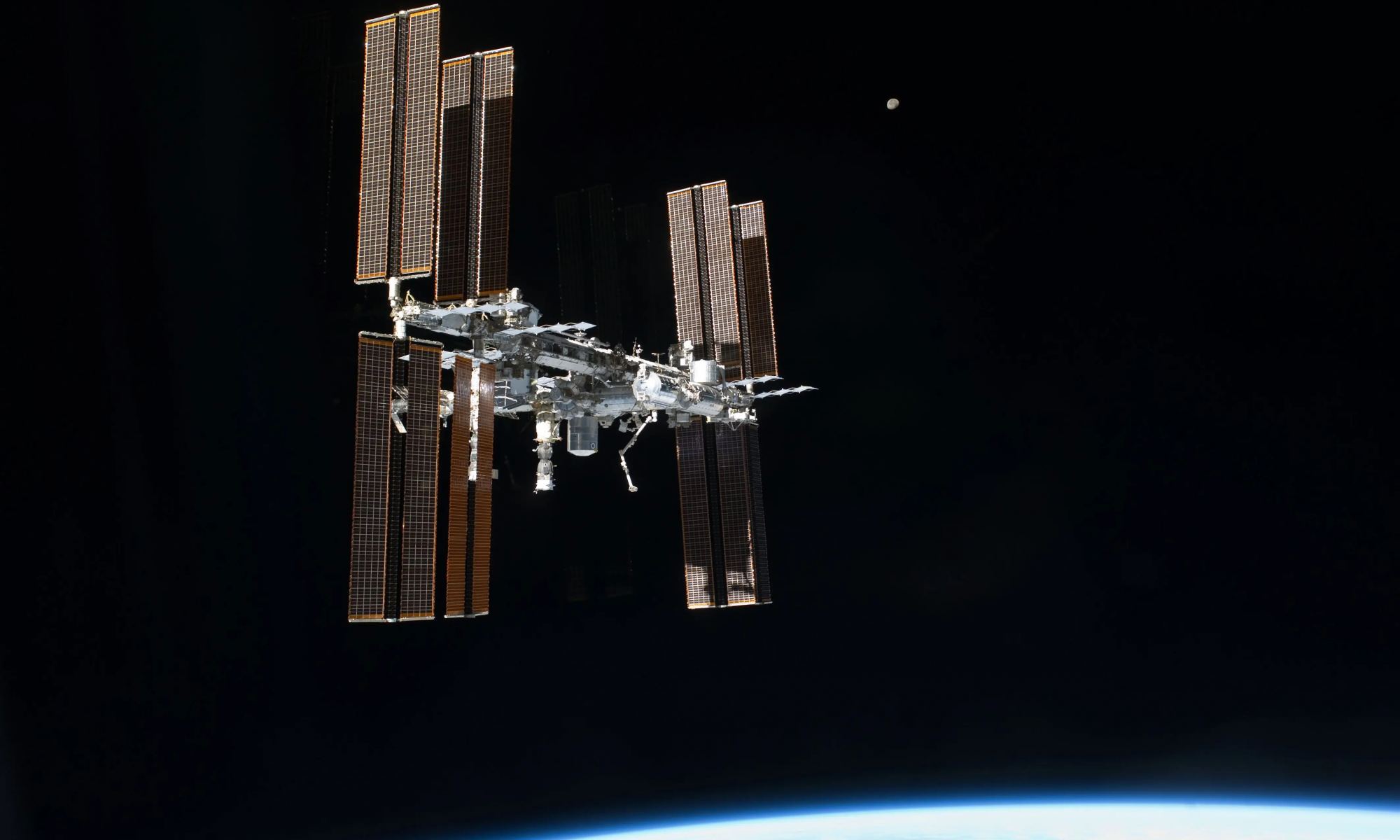In this decade and the next, humanity is poised to go to space like never before. National space agencies will be sending astronauts back to the Moon for the first time since the Apollo Era, private launch services will spearhead the commercialization of Low Earth Orbit (LEO), missions to the outer Solar System will search for evidence of extraterrestrial life, and crewed missions to Mars are on the horizon.
In preparation for this, a considerable amount of research is being done aboard the International Space Station (ISS) to determine how extended periods of time in space can affect living beings on the genetic level. In a recent experiment, a team of researchers from the University of Exeter conducted an analysis of worms on the ISS and noted “subtle changes” in their genetic makeup.
The analysis was part of the Molecular Muscle Experiment (MME), which was conducted in partnership with NASA GeneLab and partial funding from the UK’s Biotechnology and Biological Science Research Council. The research team’s findings were shared in a study that appeared in the Nov. 25th issue of the journal iScience.

For this experiment, Caenorhabditis elegans (a species of nematode worms) were placed in perforated bags (allowing oxygen to pass through) and flown to the ISS. Once there, they entered an incubation period of about 6.5 days, which allowed them to have offspring that could grow to adult age. These were then exposed alternately to the microgravity conditions of the station and to high gravity conditions in centrifuges.
The worms were then frozen for transport back to Earth, where they were examined for any genetic changes. As Craig Willis, a researcher with the College of Life and Environmental Science at the University of Exeter (and the lead author on the paper), explained in a University of Exeter press release:
“A crucial step towards overcoming any physiological condition is first understanding its underlying molecular mechanism. We have identified genes with roles in neuronal function and cellular metabolism that are affected by gravitational changes.
“These worms display molecular signatures and physiological features that closely mirror those observed in humans, so our findings should provide foundations for a better understanding of spaceflight-induced health decline in mammals and, eventually, humans.“

As Dr. Timothy Etheridge, a researcher from the University of Exeter and a co-author on the paper, explained:
“We looked at levels of every gene in the worms’ genome and identified a clear pattern of genetic change. These changes might help explain why the body reacts badly to space flight. It also gives us some therapy targets in terms of reducing these health effects, which are currently a major barrier to deep-space exploration.”
All told, the genetic analysis noted “subtle changes” in about 1,000 genes, which were stronger in some cases – especially among neurons (nervous system cells). This is consistent with other research – such as NASA’s Twins Study – that shows how long periods spent in space include damage to the central nervous system and organ function.
The high-gravity tests, meanwhile, were conducted to obtain more data about the impact gravity has on the physiology of living beings. The role is plays in the maintenance of muscle tissue, bone density, and cardiovascular health is already well-documented. But these latest tests allowed the researchers to investigate the use of simulated gravity in space as a possible means of combating possible genetic effects of microgravity.

Related studies are also being conducted into the effects of microgravity and low-g on plant growth. Similarly, research is also being conducted on the effects of elevated radiation on both plant and animal health. Traveling away from Earth doesn’t just mean leaving behind the comfortable feel of 9.8 m/s2 gravity. It also means leaving behind the protection of its magnetic field.
These studies and any resulting treatments are therefore of vital importance as astronauts venture farther out into space for longer periods of time. They’re also crucial for any human beings who intend to go to space, the Moon, Mars, or beyond for an indefinite stay!
Further Reading: University of Exeter, MME, iScience

